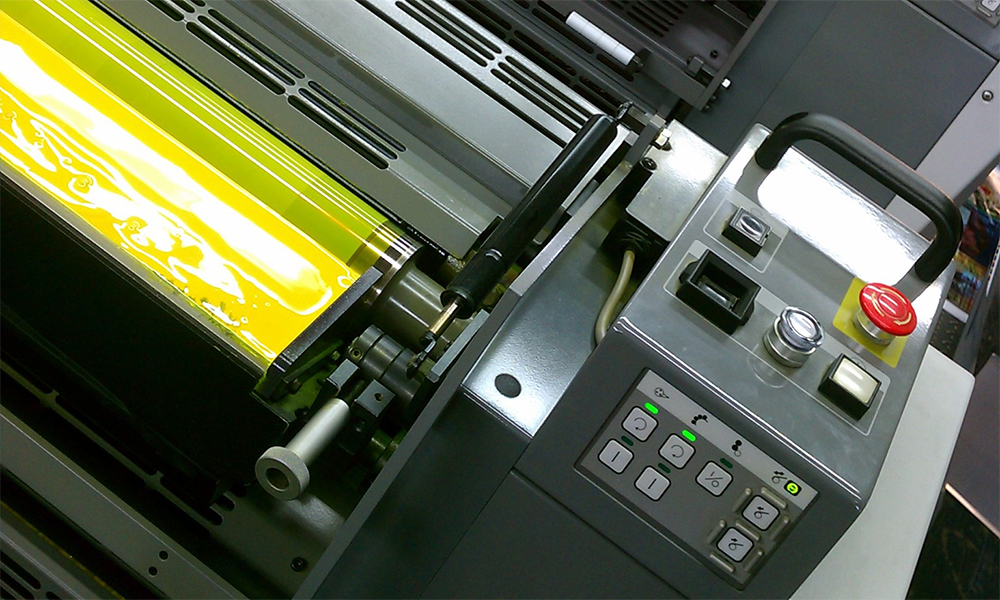
If you go to the printing shop with a request to print your business cards, flyers or brochures, it is very likely that they will offer you the material to be printed by a technique that is known as offset printing. According to research, offset printing is currently the most widely used printing technique, and it is estimated that even 80 to 85% of all printing requests are actually done according to this principle. In essence, offset printing is one of the most cost-effective, but also the fastest printing techniques, and is primarily intended for printing larger series when very often it can happen that the price is up to 10 times lower than other printing techniques.
The basic characteristics of this kind of printing method include the quality and permanence of the image in the first place, as well as the high usability of the printing surface, and in addition, the printing board, or the motive to be printed, is made pretty fast. Also, it is known that one of the basic features of this method of printing is the fact that the printing board, in this case, has a much longer service life as there is no direct contact between the print and the surface on which it is printed, thus achieving long-term preservation of the printing board. According to some calculations, a well and properly prepared printing board, with adequate color optimization, can easily print even a million prints without reducing the quality of printing from the first to last print.
When it comes to offset printing, a special emphasis is placed on the durability of the print and its profitability, especially when it comes to larger quantities of materials to print. It is for this reason that offset printing is recommended for printing brochures, posters, business cards and other supplies for companies or individuals.
What is considered to be a disadvantage when it comes to offset printing is that due to a chemical process known as oxidation that occurs on the board it can often happen that damaged parts begin to mix colors within the print, so in that case, printing does not meet the basic quality requirements. Also, there is a possibility to increase the cost of making a printing board, depending on the complexity of the print and the special requirements of clients, which significantly increases the price of printing. Of course, this depends primarily on the quantity, the complexity of the print to be printed, but also the quality of the machines on which offset printing is carried out.
What is the principle of offset printing? The printing technique is very simple and logical. Briefly, during the process, the color from the board is transferred to a special rubber, by which the print is transferred to the selected printing paper. The paper that is most often used for offset printing is glossy paper of different grammage, but also special so-called offset paper, as well as self-adhesive paper, which is primarily intended for printing labels, but also other types of paper according to customer requirements. During the offset printing process, only 4 basic colors are used: black, blue, yellow and red. During the further process of printing, all other colors are created by a special technique. In addition, there is a so-called special colors palette, such as silver and gold, which cannot be obtained from basic colors.
Types of offset printing The most commonly used and the basic type of offset printing is the so-called flat offset printing. Also, depending on the needs of clients, that is, the materials that need to be printed with this technique, there are also high or deep offset printing.
Most machines used in many printing shops are intended for printing on different grammages and types of paper as well as on cardboard.